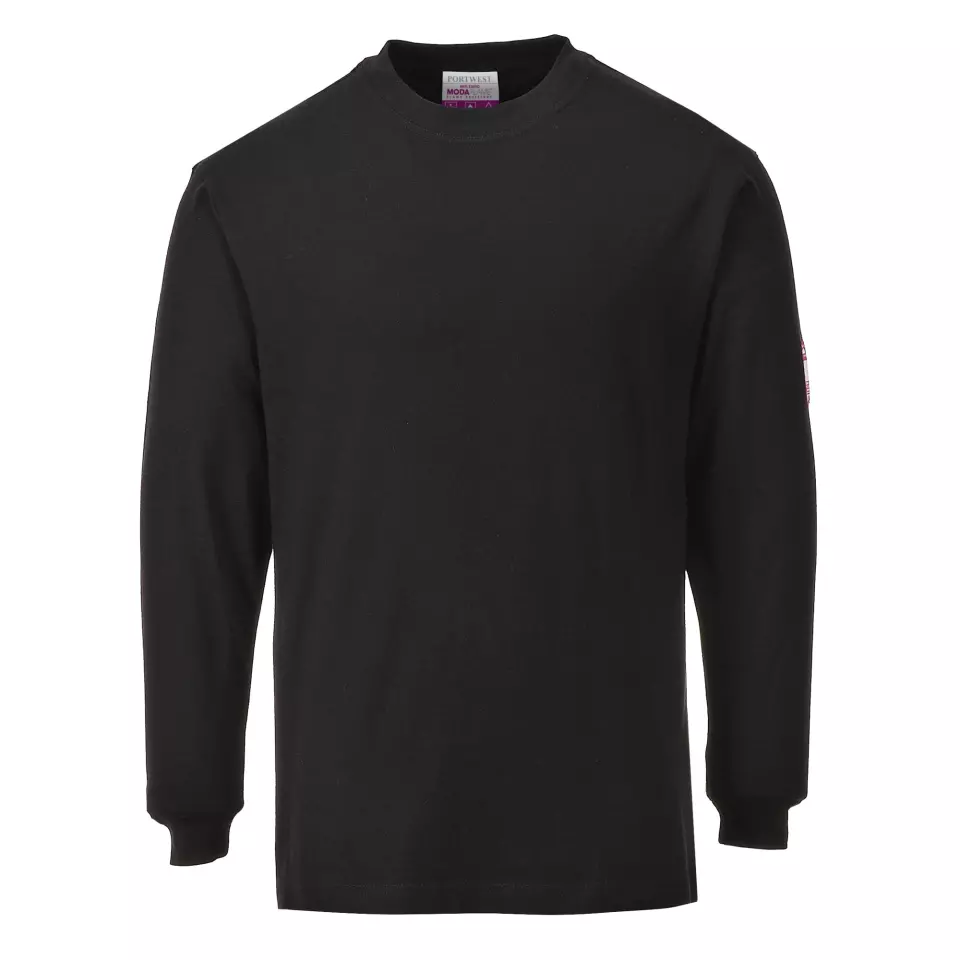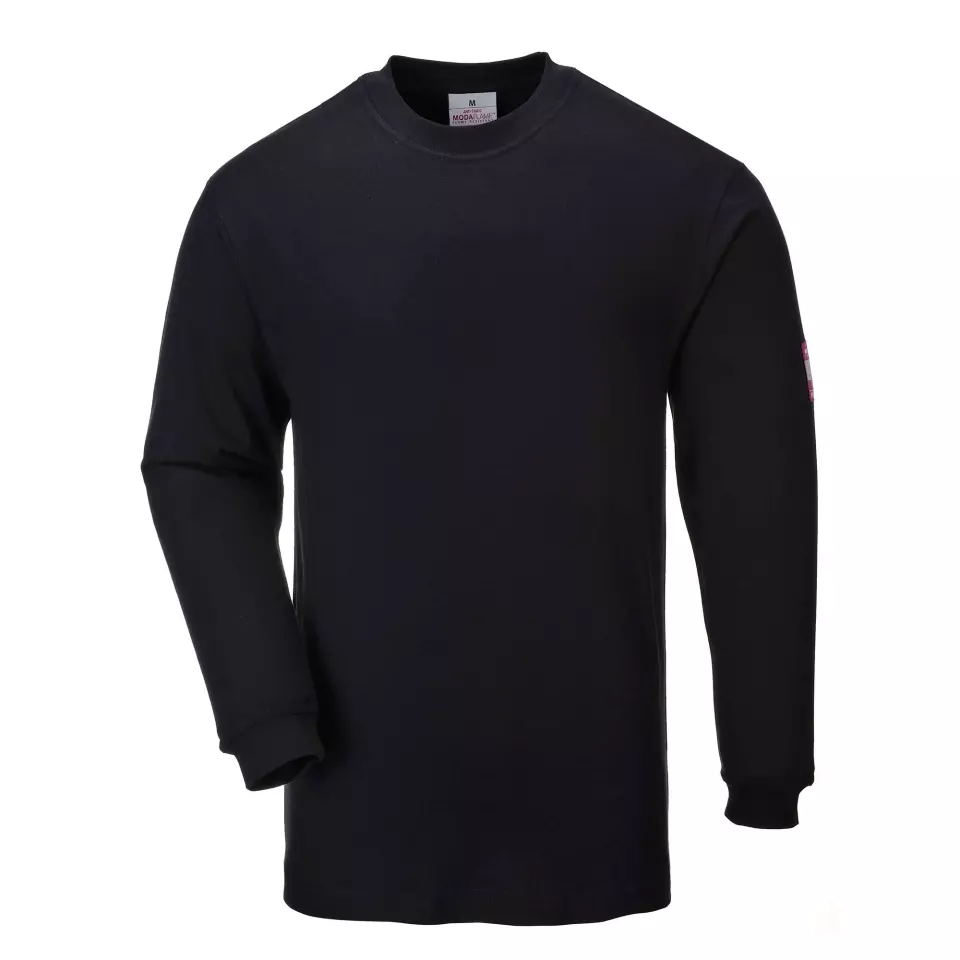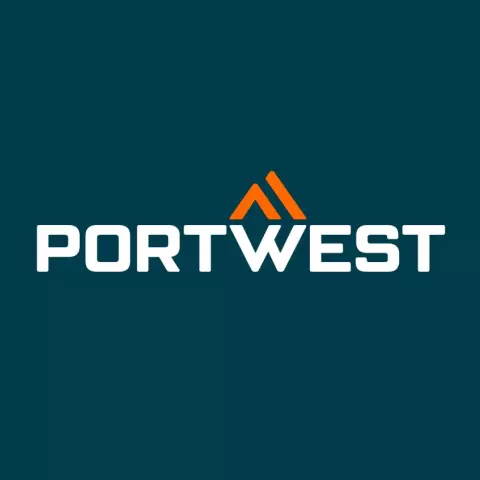Portwest Modaflame Knit Anti-Static FR Long Sleeve T-Shirt, Black
5.0 / 5
Product description
This flame-resistant anti-static long sleeve t-shirt offers inherent protection that will not diminish with washing, providing reliable defense against radiant, convective and contact heat. The high cotton content ensures superior comfort while maintaining outstanding color fastness and shrinkage performance. With 40+ UPF rated fabric blocking 98% of UV rays and suitability for ATEX environments, this garment meets multiple international safety standards including arc flash protection.
Product Features:
- Inherent flame resistant qualities that will not diminish with washing
- High cotton content for superior comfort
- Flame resistant ribbed cuff for added safety
- Anti-static properties
- Crew neck design
- External standards label for quick identification of protection levels
- Outstanding color fastness and shrinkage results
- 40+ UPF rated fabric to block 98% of UV rays
Technical Details:
- Suitable to be worn in an ATEX environment
- CE-CAT III certified
- High quality construction and premium materials
- Protection against radiant, convective and contact heat
Standards:
- EN ISO 11612 (A1, B1, C1, F1)
- EN 1149-5
- IEC 61482-2 IEC 61482-1-1 (ELIM 4.4 CAL/CM², EBT 5.5 CAL/CM²)
- IEC 61482-2 IEC 61482-1-2 APC 1
- ASTM F1959/F1959M-12 (EBT = 4.3 CAL/CM² (HAF = 66%))
- Heat & Flame Resistance
- Electrical Protection
- UV Protective
- Machine Washable
- Arc Flash Resistance
Standards and labels
Portwest delivery terms
Free delivery when you order more than 300,00 € from Portwest
Supplier shipping fee 4,96 €
Brand minimum 20,00 €
43,83 €
Shipping fee is 4,96 € for orders under 300,00 €
Sold in units of one piece
Need larger quantities?
Other products you may like
Recently viewed
Other products you may like
Similar products you may like
Autonomous sourcing platform
The most efficient way to source and order supplies for your operations




